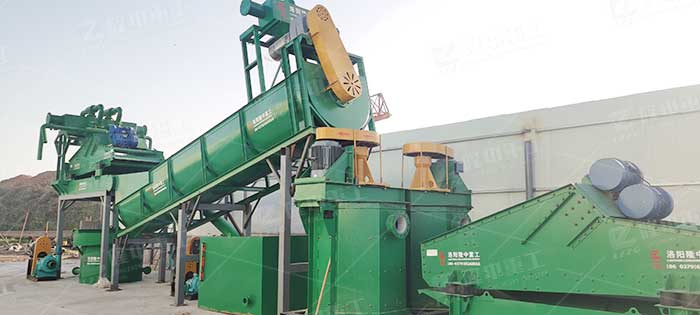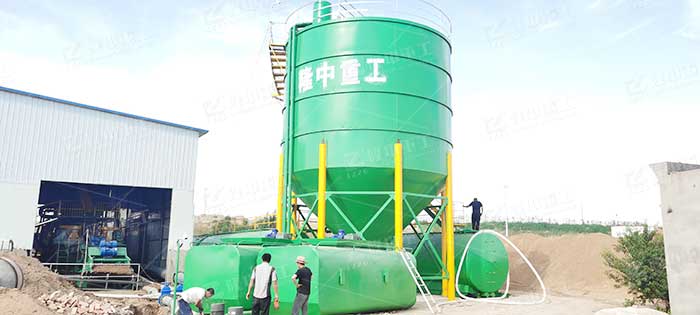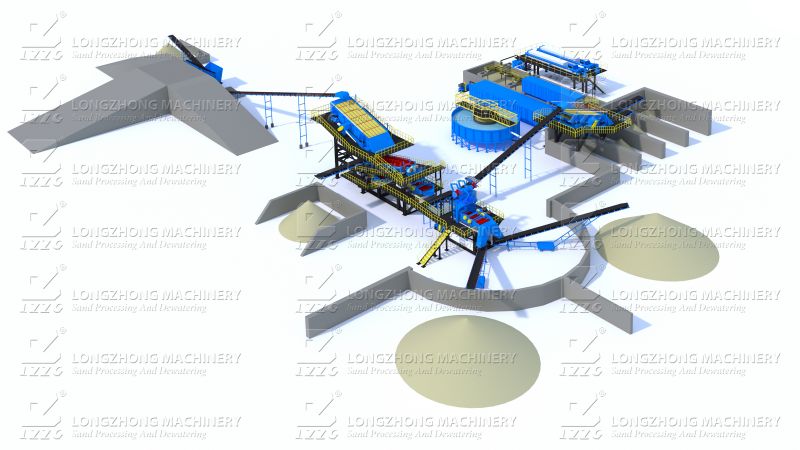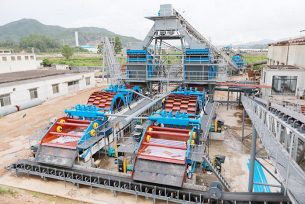Why Undesalinated Sea Sand Can’t Be Used in Concrete
 October.14,2022
October.14,2022
Chloride ions in concrete mainly come from chloride salts (one of cement raw materials), sand, water, and admixtures. If the chloride ion content exceeds the standard, the steel bars in the concrete will be easily corroded, which will reduce the chemical resistance, wear resistance, and strength of the concrete, affect the durability of the concrete, and lead to a decrease in the quality of the concrete. Sea sand can only be used in some construction projects after being cleaned by sea sand washing equipment.

When chloride ions are suspected to be contained in concrete components, the content of chloride ions in concrete and its penetration depth shall be tested according to the following requirements:
1. If the chloride ion in the concrete is an admixture type, it is only necessary to detect the chloride ion content in the concrete. If it is an extravasation type, it is necessary to detect the chloride ion concentration distribution from the surface to the inside of the concrete to judge the penetration depth.
2 In the detection of chloride ion content in concrete and its intrusion depth, the detection units are divided according to the working conditions and concrete quality. The number of samples in each detection unit should be no less than 3. When the uniformity is poor, the detection samples should be increased.

3. The chloride ion content in concrete can be detected by drilling core, the diameter of the core sample is 100mm and the length is 50~100mm. After crushing the concrete core sample, remove large aggregates, grind until all of them pass through a 0.08mm sieve, use a magnet to suck out the metal iron filings in the sample, put it in an oven at 105~110 °C for 2 hours, take it out and put it in a drying dish Cool to room temperature, and then use the silver nitrate titration method or the potassium thiocyanate solution titration method to detect the chloride ion content per unit mass of concrete according to Appendix C, and then convert it into the percentage of chloride ion in the weight of the cement according to the mixing ratio.




